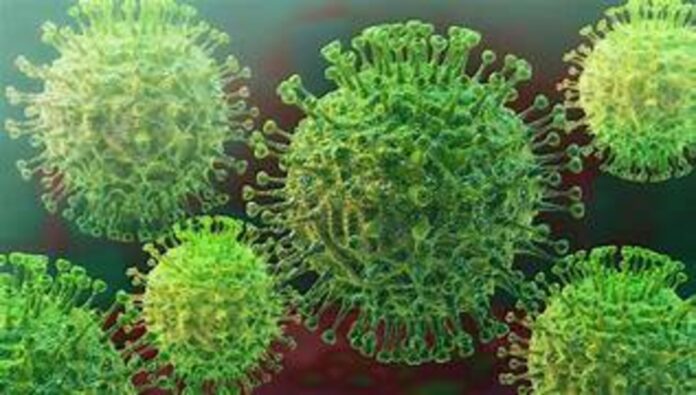Tripura, a state in northeastern India, has recently witnessed a resurgence in COVID-19 cases, raising concerns among health officials and the public alike. After a period of relative stability, the state recorded the unfortunate death of a COVID-19 patient, prompting a renewed focus on infection control measures. Within the past 24 hours, eight new cases were reported, accompanied by eight recoveries. With a daily infection rate of 1.31 percent, Tripura currently has 44 active COVID-19 patients. The state’s overall infection rate stands at 4.03 percent, while the recovery rate has been encouraging at 99.03 percent. Tragically, 938 lives have been lost due to the virus in Tripura thus far.
The sudden death of a COVID-19 patient in Tripura has sparked concern among health officials and the local population. While infection and health are closely intertwined, any fatality highlights the potential severity of the disease and reinforces the importance of robust preventive measures. The state has been relatively successful in controlling the spread of the virus, but the recent surge in new cases indicates the need for continued vigilance.
Over the past 24 hours, Tripura conducted tests on 610 individuals, comprising 7 RT-PCR tests and 603 rapid antigen tests. Among these, eight people were diagnosed with COVID-19, resulting in a daily infection rate of 1.31 percent. This data underscores the significance of widespread testing to promptly identify and isolate infected individuals. Additionally, eight patients recovering from the virus is an encouraging sign, demonstrating the effectiveness of timely medical intervention and the resilience of individuals battling the disease.
With a cumulative count of 108,238 infections in Tripura since the onset of the pandemic, the state’s infection rate currently stands at 4.03 percent. This figure serves as a reminder that COVID-19 remains a persistent threat, necessitating sustained efforts to curb its transmission. However, it is heartening to note that the recovery rate in Tripura has reached an impressive 99.03 percent, indicating the state’s success in providing effective medical care and support to those affected.
Analyzing the district-wise distribution of new cases, it is evident that the virus continues to pose challenges in some regions of Tripura. In the last 24 hours, Khowai district reported two new cases, followed by Dhalai district with two cases, North district with three cases, and South district with one case. These numbers highlight the need for targeted interventions and intensified surveillance in these specific areas to prevent further transmission. On a positive note, no new cases were reported in the remaining four districts, indicating that certain regions have been successful in containing the spread of the virus.
The Tripura health department’s media bulletin serves as a crucial source of information regarding the current COVID-19 situation. It provides valuable insights into the number of tests conducted, new cases detected, recoveries, and active cases, enabling citizens to stay informed and make informed decisions to protect themselves and their communities.
To combat the recent surge in cases, the state government should further reinforce its efforts in public awareness campaigns, emphasizing the importance of wearing masks, practicing hand hygiene, maintaining physical distance, and getting vaccinated. By fostering a sense of collective responsibility and encouraging public cooperation, Tripura can effectively limit the spread of the virus and prevent further fatalities.
Tripura’s recent COVID-19 fatality and the rise in new infections highlight the ongoing threat posed by the virus. With 44 active cases, the state must maintain a high level of vigilance, implementing robust testing and contact tracing measures. The overall infection rate of 4.03 percent serves as a reminder that the virus continues to circulate within the community, requiring continued adherence to preventive measures. By focusing on targeted interventions in districts with increased case numbers and by fostering public cooperation, Tripura can effectively curb the spread of the virus, protect its citizens, and strive towards a healthier and safer future.




